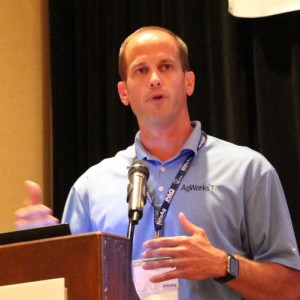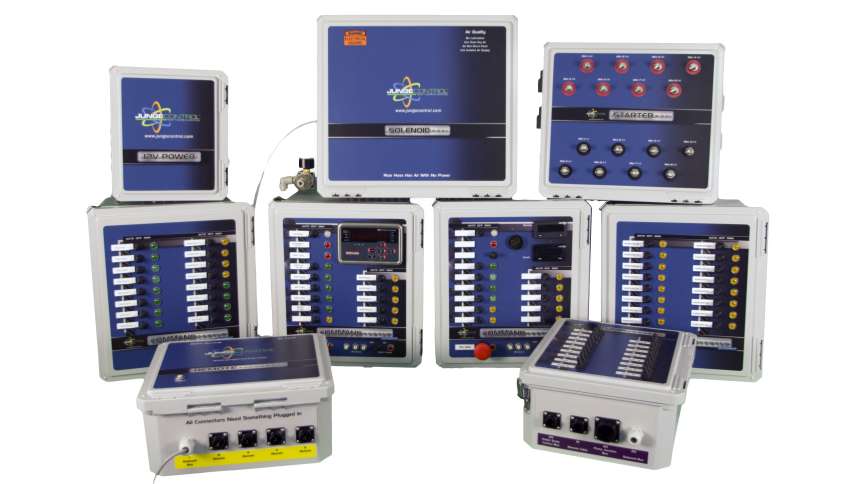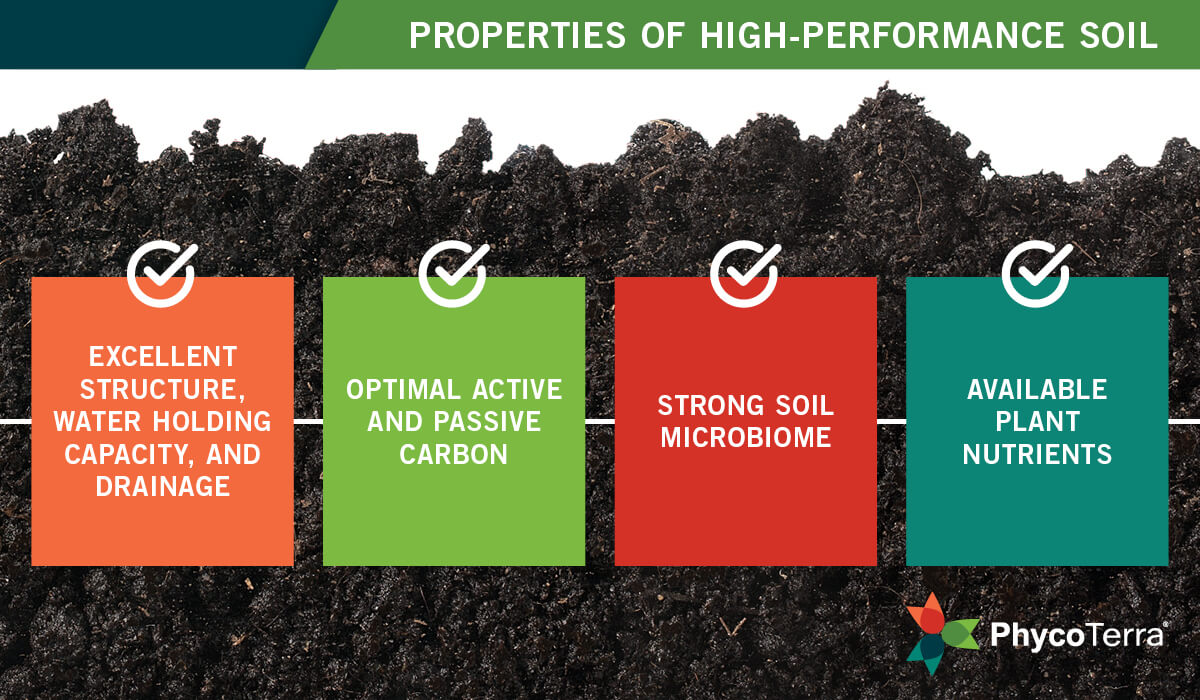Plant Automation Takes Traceability To The Next Level
What began as a way to simply vary differing fertility products at different rates to create custom fertilizer blends — with much of the accounting and inventory tracking done the old fashioned way via the once-omnipresent tear sheets — has given way to all-encompassing software suites that granularly trace every minute aspect of product movement from the initial bulk product delivery at the dealership until the farm manager signs his final electronic invoice confirming delivery.

Greg Duhachek, AgWorks
“Customers and prospects continue to look for solutions that bring an end-to-end solution that can eliminate multiple points of entry and move data all the way from the ‘field to financials’,” says Greg Duhachek, AgWorks President & CEO. “Customers are tired of managing complicated interfaces and using multiple systems to achieve the singular goal of running a more efficient retail business while providing the best consultative information possible to the grower.”
Another driver of retailer’s ongoing adoption of, in Duhachek’s words, “field to financials-based” software solutions, is growers’ own increasing comfort level and general awareness of high resolution software packages.
“I continue to caution the retail customers we work with to recognize the influx of technology solutions backed by venture capital money appearing in the market and to be careful on the choices they make,” Duhachek warns. “Longevity in the market is a key factor retailers need to look at when buying software; though startups can have some cutting edge features, monetizing that into a long-term business can be challenging and, ultimately, put the retailer at risk.”
Demand Keeping Sales Brisk
Located along the banks of the swollen Mississippi in the Quad Cities region, Davenport, IA-based AgWorks continues to enjoy strong sales revenues as retailers continue to update old automation systems.
“2015 sales were very strong for us, marking our largest growth as a percentage of year-over-year revenue, and the ‘hot product’ for us continues to be our core application, AgOS,” says Duhachek.
Duhachek says that AgOS (short for Agricultural Operating System) was designed to “provide relief for the complicated and brutally time-consuming tasks” that occur in the midst of a largely seasonal sales cycle between the grower and a retail agronomy division.
“There are so many major pieces of data that a sales person needs, such as: product performance (by various management practice), inventory levels, pricing flexibility allowed, grower contract balances, seed pricing and discounts, application fleet availability, just to name a few, that deeply affect how effective a salesperson can be in getting the right product in the hands of the grower,” he explains.
AgOS has also benefitted from some of the consolidation, or “right-sizing” as some have called it, at the retail level. As more small local retailers consolidate or are bought up by deeper-pocketed organizations, the now-ubiquitous hub-and-spoke distribution game plan makes data flow between separate retail outlets an absolute must-have.
“To be honest, this was the design of our software from the beginning, over 20 years ago,” Duhachek points out when asked about the prevalence of hub-and-spoke distribution in the Midwest. “To allow a sale to occur at one retail location and fulfillment to happen at another; and subsequently managing the accounting “tricks” that need to be tracked behind the scenes to keep the books in order. Ten to 15 years ago this was less commonly used, however as you’ve pointed out, over the past few years, our retail customers have come to greatly enjoy that our product handles this with ease.”
Coming next from AgWorks will be a fully-integrated precision and analytics platform directly within AgOS. According to Duhachek, this is about six to eight months away from realization, as of press time.
“The next phase of product development will be to further our reach of software services by providing a precision and analytics platform directly within AgOS. We have been working on this strategy for the past 18-24 months and should see it begin to make its way into the market this fall. We are excited about being able to eliminate one or two more pieces of software for our customers.”
Back in March 2015, Kahler Automation revealed to CropLife® magazine that the company was busy working on its newest offering, Terminal Manager 2 (TM2), a Web-based software program that organizes plant tasks.
“If you’re authorized, you can get on your iPhone or office computer and access the files. If you’ve got branch offices, it’s a very good management tool for accounts, order status, drivers, email documentation, and inventory. Even the grower can get an email that something has been dispensed,” Swift told CropLife. “Basically everything we’ve learned in our careers went into this program.”

Junge Control Panels
Junge Control, Cedar Rapids, IA, spent most of 2015 dialing in its new Zone Automation package for customers. According to Dave Junge, President, by focusing on five different locations (Zones) in the plant, his team is able to improve accuracy, speed, and simplicity for each Zone. Junge assembles the components and pre-tests them, as well as color-codes and numbers each labeled panel and cable.
“Customers are realizing how many thousands of dollars this is saving them with the installation not counting the time it takes, even before they turn on the first switch,” he says.
Not to be left out of the segment of new plant automation products, Murray Equipment is now offering its Pre-Assembled Liquid Fertilizer Handling System that can handle up to five fertilizer or carrier products. It pumps up to 400 gpm and can inject micros or other proprietary products through a mass flow meter at one pound increments. The pre-assembly saves time on-site, with less electrical and mechanical work needed.
Meanwhile, in Marshall, IL, Yargus Manufacturing enjoyed a renewed focus on agronomy in 2015 that drove sales.
“We had more customers (new and existing) than ever that wanted to use our Ticket Manager program to run tickets made from their agronomy software,” says Samantha Schultz, Programming Lead. “We added new interfaces for agronomy software that our customers are using, and we also saw a few companies start to make their own agronomy software for their locations that we can now interface with.”
Inventory tracking, as well as the accounting/billing part of the whole equation, also helped Yargus have a good year.
“We saw a lot of people using agronomy software for the inventory and billing,” Schultz explains. “The agronomy software combined with our PLC software for blending systems and our Ticket Manager have really become powerful tools in allowing the customer to easily run tickets with less risk of error when entering blend information.”
Going forward Schultz says the company is working on some new solutions, although it isn’t quite time to reveal them just yet.
“We do have some new software and new features that we’re currently working on, but it’s still in development at this time.”






